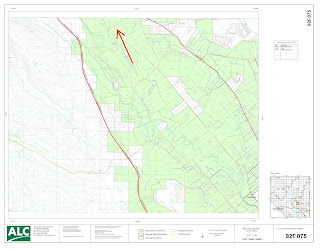Many rural properties in BC are excluded from zoning bylaws by their respective Regional Districts and are simply referred to as No Zoning areas on maps. However, if you read the fine print, most Regional Districts will inform you that there are still requirements. This example is taken from the Mount Waddington Regional District site:
While there is no Building Bylaw in effect outside of the communities of Coal Harbour, Hyde Creek, Malcolm Island and Woss, that requires a Building Permit or Site Permit to be applied for and issued for new construction, all construction must meet the requirements of the BC Building Code.
While this may seem to be a bit too much structure for someone who just wants to go build a cabin in a remote location, there are some good reasons to pay attention, and not only because all buildings built in BC are required to meet the BC Building Code.
No matter how we might want our recreational or remote property to stay in the family for generations, sometimes life happens. If you need to sell a property that you have built on within 10 years of the building being completed, you have to have a Home warranty (Homeowner Protection Act) in order to be able to sell. This is becoming more of an issue, and there are properties that cannot be sold because they don't meet the requirements.
Insurance premiums are constantly on the rise, and getting insurance for a remote property can be a challenge. Building it to code may help your chances of getting insured.
A lot of the basic Building Code is around safety issues. As the property is in a remote location and likely to be unoccupied at least some of the time, following the code in these instances may help keep the property protected and as safe as possible.
Education and information are key, whenever and wherever you want to build in BC.
Resources:
https://www.bchousing.org/licensing-consumer-services (note, this is the same as HPO)
http://www.bccodes.ca/building-code.aspx?vid=QPLEGALEZE:bccodes_2012_view (A copy of the BC Building Codes is likely in your local library as well)
It's a Coastal Lifestyle ... Live It!



